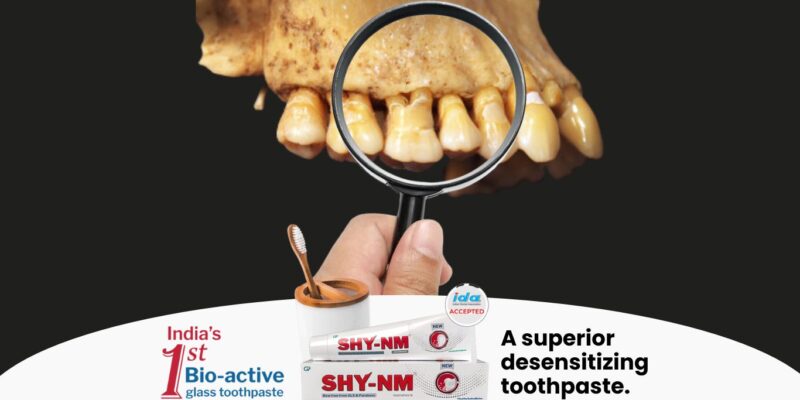A recent retrospective case-control study conducted in Panihati, West Bengal, sheds light on the etiology of noncarious cervical lesions (NCCLs) and highlights key risk factors that dental professionals should consider in clinical practice.
Study Overview:
The research involved 200 participants aged 15 to 70 years, with 100 cases presenting at least one tooth with noncarious cervical wear. A thorough occlusal examination and periodontal probing were performed. Participants also completed a self-administered questionnaire detailing their dietary habits, oral hygiene practices, and health status.
Key Findings:
The study identified several significant factors contributing to NCCLs:
- Bristle Type: Hard bristles increase the risk.
- Brushing Technique: Improper techniques amplify wear.
- Frequency of Acidic Drink Consumption: Regular intake of acidic beverages like soft drinks enhances lesion formation.
- Brushing with Dentifrices After Meals: This practice was found to be a risk factor.
- Self-reported Bruxism: Teeth grinding or clenching showed a strong association with NCCLs.
Using multivariate logistic regression analysis, the researchers developed a predictive model combining these variables. While the model accurately identified 80% of cases, it highlighted the multifactorial nature of NCCLs.
Clinical Implications:
This study underscores the importance of addressing patient-specific risk factors during diagnosis and treatment planning for NCCLs. Dentists should educate patients on proper brushing techniques, recommend softer bristle toothbrushes, and encourage reducing acidic beverage consumption to mitigate lesion progression.
Source: World Journal Of Dentistry




















Comments